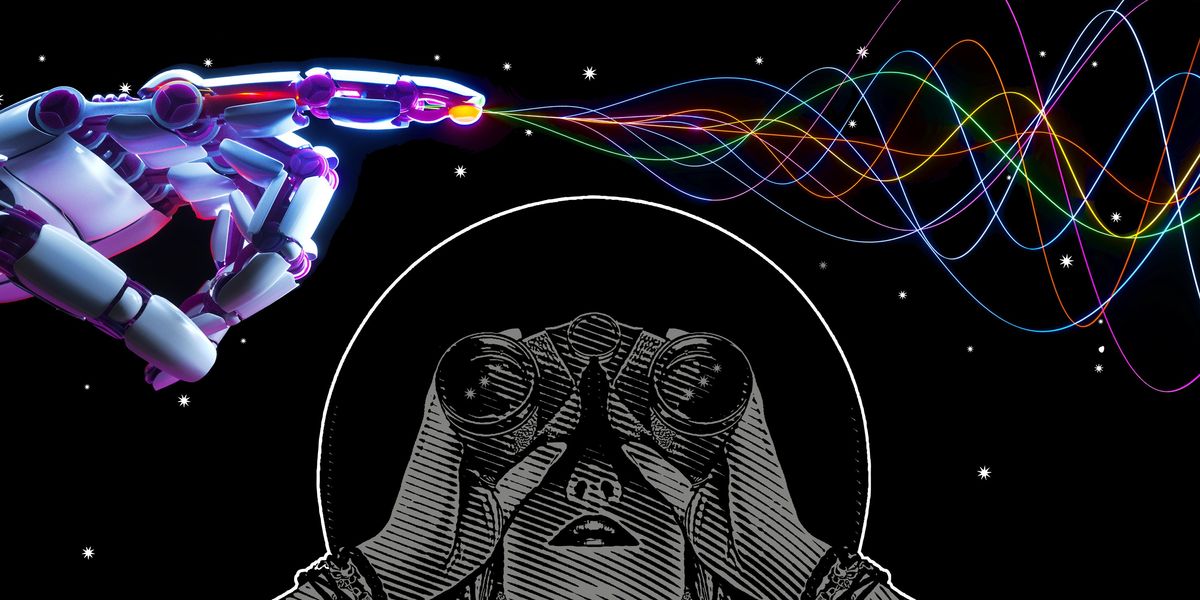The emergence of artificial general intelligence (AGI)—systems that can perform any task a human can—could be the most important event in human history, one that radically affects all aspects of our collective lives. Yet AGI, which could emerge soon, remains an elusive and controversial concept. We lack a clear definition of what it is, we don’t know how we will detect it, and we don’t know how to deal with it if it finally emerges.
What we do know, however, is that today’s approaches to studying AGI are not nearly rigorous enough. Within industry, where many of today’s AI breakthroughs are happening, companies like OpenAI are actively striving to create AGI, but include research on AGI’s social dimensions and safety issues only as their corporate leaders see fit. While the academic community looks at AGI more broadly, seeking the characteristics of a new intelligent life-form, academic institutions don’t have the resources for a significant effort.
Thinking about AGI calls to mind another poorly understood and speculative phenomenon with the potential for transformative impacts on humankind. We believe that the SETI Institute’s efforts to detect advanced extraterrestrial intelligence demonstrate several valuable concepts that can be adapted for AGI research. Instead of taking a dogmatic or sensationalist stance, the SETI project takes a scientifically rigorous and pragmatic approach—putting the best possible mechanisms in place for the definition, detection, and interpretation of signs of possible alien intelligence.
The idea behind SETI goes back 60 years, to the beginning of the space age. In their 1959 Nature paper, the physicists Giuseppe Cocconi and Philip Morrison described the need to search for interstellar communication. Assuming the uncertainty of extraterrestrial civilizations’ existence and technological sophistication, they theorized about how an alien society would try to communicate and discussed how we should best “listen” for messages. Inspired by this position, we argue for a similar approach to studying AGI, in all its uncertainties.
AI researchers are still debating how probable it is that AGI will emerge and how to detect it. However, the challenges in defining AGI and the difficulties in measuring it are not a justification for ignoring it or for taking a “we’ll know when we see it” approach. On the contrary, these issues strengthen the need for an interdisciplinary approach to AGI detection, evaluation, and public education, including a science-based approach to the risks associated with AGI.
The last few years have shown a vast leap in AI capabilities. The large language models (LLMs) that power chatbots like ChatGPT, which can converse convincingly with humans, have renewed the discussion about AGI. For example, recent articles have stated that ChatGPT shows “sparks” of AGI, is capable of reasoning, and outperforms humans in many evaluations.
While these claims are intriguing and…
Read full article: What Can AI Researchers Learn From Alien Hunters?

The post “What Can AI Researchers Learn From Alien Hunters?” by Amir Sadovnik was published on 05/07/2024 by spectrum.ieee.org

































